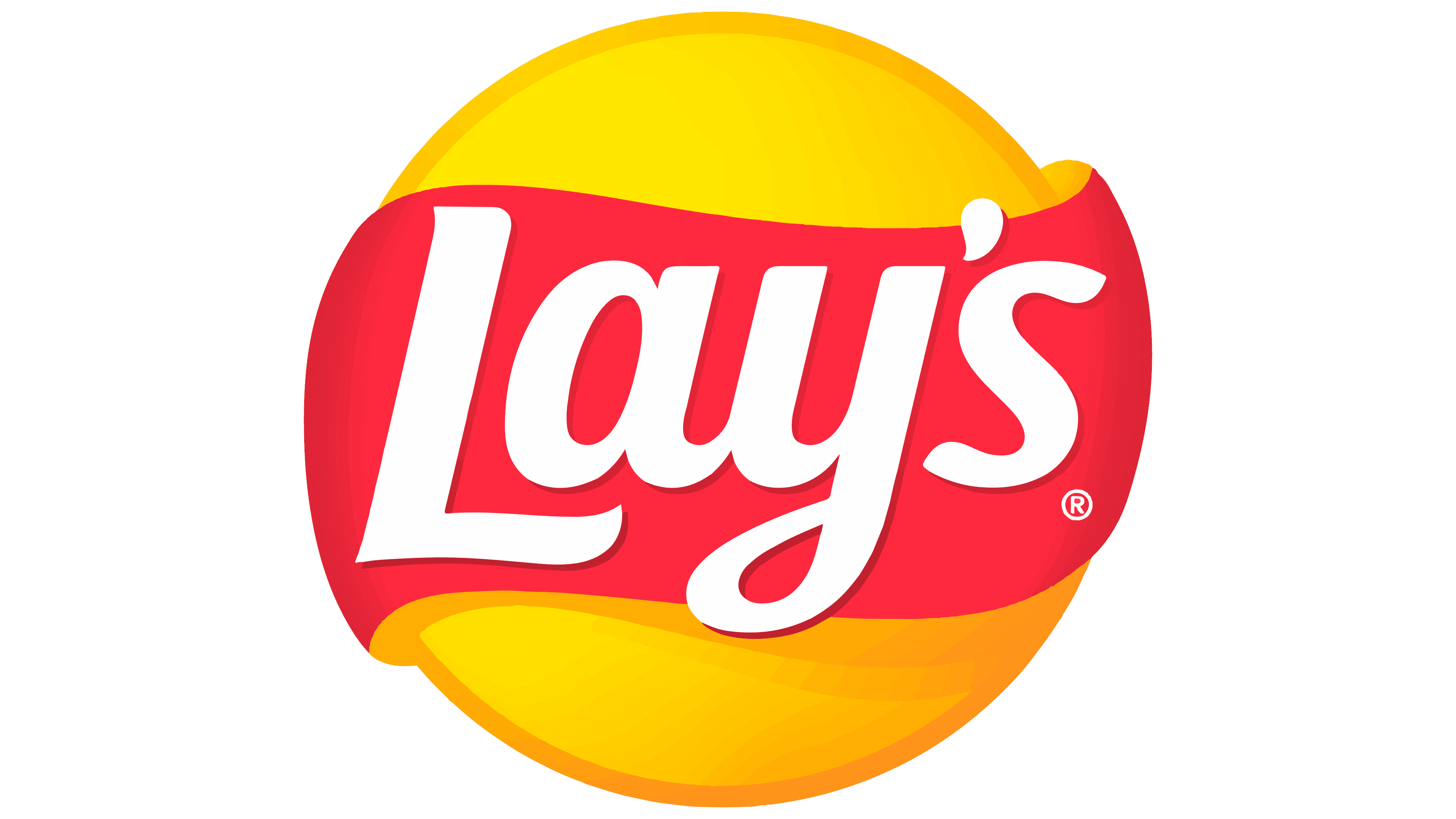Actually Solaris is still squirming while the first shovels of dirt are being heaped on.
While much of the Unix family has died, (especially in the System V family) there is an old one surviving and a few new additions being added.
Solaris is still alive, and from it was forked illumos. Meanwhile BSD has spawned its own family made up of FreeBSD, OpenBSD, NetBSD, and DragonFlyBSD, but also MacOS and Playstation. Other systems that appeared without any prior history like Linux include Redox OS and SerenityOS.
With that being said, the Unix family has noticeably shrunk, and the System V family is very much in danger of going extinct, with only the Solaris branch looking like it will survive the next year. If the System V family goes extinct, it would make the BSD family the only surviving branch descended from the original Unix.
Oh, and Minix still exists.
If you have an Intel based system with AMT, you’re running minix on a 486 and probably don’t know it.
I watch a lot of videos to this day from Bryan Cantrill (Oxide computer) and he’s got some wild stories about the forking of illumos and how difficult it was to essentially “save” Solaris. His company uses their own illumos based distro called heliOS on their oxide computer rack.
SCO crashed and burned in part because they tried to sue multiple Linux providers claiming that they owned all the rights to certain pieces of code that they’d contractually leased from IBM, and that IBM giving code to Linux distributors violated the terms of their agreement with IBM. It was a lawsuit that dragged on for over a decade and a half–I think that it’s still going–and it’s bled SCO of tens of millions of dollars ,esp. since they’ve lost nearly every single claim they’ve made.
They tried to use the DMCA for header files in the source. https://linux.slashdot.org/story/03/12/22/1815224/sco-invokes-dmca-names-headers-novell-steps-in
Msft funded them for a while to do this:
SCO always reminds me of this:
SCO Unix was mostly dead before then (not fully dead, just smelled like it). They were never the most popular Unix vendor to begin with. Caldera–a commercial Linux distro–had bought them out, and that’s when the legal trouble started.
All those old vendors tended to have one specific thing they were really good at. IIRC, the thing for SCO was that they could load up hundreds of users on a single box on 1990s hardware. No small feat when the traditional Unix model needs to
fork()a process for login/shell/whatever.It’s been a long time since I worked on that case, and I only did a very small part working on the discovery documents, so I’ve forgotten a lot, and had a lot of details a little confused. :)
It sounds like it was probably one of the seminal patent troll cases.
Copyright, yes. And a lot of this is corporate history rather than the legal portion.
but why was mematic used if GIMP was used?
Why are there only five headstones and two characters in the second panel when there are eight operating systems in the first panel?
GNU Hurd is technically alive, just horribly obsolete.
The ghost doesn’t get a gravestone
Sun.
SCO Unix still exists i guess
Probably the format had the watermark already baked in
¯\_(ツ)_/¯
I liked OpenSolaris, you could order a free CD from their website and they’d post it, even internationally.
they sent us a big box of CDs to the CS department an uni. ran it as a daily driver for a semester.
I barely got an opportunity to try out Solaris/opensolaris (honestly I don’t remember which) before Oracle got involved. It gave me the impression of being a no nonsense, get shit done workstation OS. It was clean, it had enough frill that anyone could sit down in front of it and start working, but it wasn’t showy. I wasn’t a business person doing business things, and I was really just looking around for a good office suite on a stable OS that I could make it through college with. I really liked the “this is where work gets done” feel of it.
deleted by creator
I still have one of those! 😆

Didn’t use it too much, tho. Never installed it on bare metal, only in a VM, and back in those days I was in my distro-hopping phase (I was discovering Arch), so I tested it and quickly forgot about it.
We ran OpenSolaris as our NFS server for several years on ASUS Xeon servers. zfs was a big part of that. Ilumos is still alive and keeping the OpenSolaris world going in a small way.
Thanks for digging it up and sharing the photo! It’s nostalgic seeing this
2025: Linux
2026: GNU/Hurd
2030: Plan9
Where BeOS?
…beOS wasn’t really a POSIX system, but NeXTstep might fit alongside the others…
NeXTSTEP (and therefore, modern macOS) is a BSD.
Good, almost all of them were horrible, like AIX.
AIX is still alive and kicking if anyone still wants that “Linux but on hard mode” experience.
No love for temple os 😢
Temple OS wasn’t Unix-like.
Also it gets way too much attention as is IMO. Its the only hobby OS project people know about, purely because 4chan turned its mentally ill creator into a meme.
What other hobby operating systems have a cool hook like TempleOS’s religious thing?
I didn’t realize the pattern
OP rewrite this meme…right now! TempleOS or ban.
Eventually will be just BSD
Amen, freebsd crew represent!
And to anybody throwing shade:
BSD is literally the #1 mobile os, and has been for years, even if the kernel has extra chromosomes.
even if the kernel has extra chromosomes.
Okay, that is a hilarious way of saying those forks are back of the short bus “ssssspecial”.
Bless your heart.
AIX is not dead yet.

I spent so much time working with Solaris, in a weird way I kinda miss it
You can still run Illumos/OpenIndiana, driver support will be spotty though
Linux was not muscled like that in 1991 - it’s first, barebones kernel was released in September of that year.
I remember installing Linux on a 90MHz 486 in the mid 90s and it barely ran X server with a simple window manager. And if the machine was turned off while Linux was running, you might not be able to boot again.
Linux now, however, is unrecognizeably better.
Linux back then was just minix with more packages like x.
The kernel was absolute bedlam back then.
I remember someone here made a detailed list of how lots of the early linux FOSS stuff was essentially ripoff of unix software lol. I think XFCE was originally a knockoff of CDE or something with XForms. Now it’s the de facto performance DE and the default on Kali.
XFCE’s old panel was a distinct mimic of CDE’s. I liked it…
But now CDE is open source and NsCDE gives you the same look with a highly customised fvwm config if you don’t want to stick to the Motif universe.
KDE’s name was a direct rip off of CDE’s name
They may be dead, but we still have some amazing alternative OS’s that exist that, as far as I’m aware, are still being updated. First thing that came to my mind was AROS ( Amiga Research Operating System that had to change the name to AROS Research Operating System ).
I personally don’t use it since I don’t use Amiga software, but it’s still really cool. Under no circumstances would I recommend it as a daily driver because any software based around Amiga is purely hobby at this point, but it’s still cool to check out.
I use hpux everyday. Mostly it still runs what it needs to run and the hardware for the most part is a tank so you don’t have to think about it.
When it breaks it’s the most infuriating thing in the world. All the hardware is bespoke and obsolete, old unix is maddening coming from modern Linux, it’s a nightmare but kind of fun at the same time. My only hope that HP will open source it at the end of the year.















